Designing Your DEI Efforts for Equity vs. Equality
Diversity, equity and inclusion (DEI) are more than buzzwords in a workplace — they're essential for building a culture where everyone feels valued and empowered to thrive. Focusing on DEI attracts top talent and creates an environment that drives innovation and productivity. But here the catch — many initiatives mistakenly aim for equality instead of equity.
While equality sounds fair, it often misses the mark because it doesn't consider different groups unique backgrounds and challenges. Focusing on equity provides tailored support that bridges those gaps and ensures every team member has what they need to succeed.
What Are Equity and Equality?
Equality in the workplace means treating everyone the same. It gives all employee identical resources or opportunities, regardless of their circumstances.
On the other hand, equity recognizes each person starts from a different place and different background — with unique needs and challenges — and provides the right resources to ensure each individual can succeed.
Why Equality Isn’t Enough in DEI Initiatives
Equality might seem fair at first glance, but it falls short because it doesn’t consider the challenges or systemic barriers marginalized groups face daily. The reality is social systems benefit specific demographics, often rewarding those with historical advantages.
When you use equality-based DEI policies, you offer the same resources to everyone but miss the more profound disparities in education, economic background and access to social resources. Applying a "one-size-fits-all" solution may reinforce these gaps and unintentionally keep inequality alive.
Steps to Design DEI Efforts for Equity
Focusing on equity rather than just equality is essential to create a truly inclusive workplace. Designing DEI initiatives that address individual needs and remove systemic barriers builds a culture where everyone has a fair opportunity to succeed.
Assess Current Disparities
Start with a thorough analysis to pinpoint inequalities within your organization. Use data to uncover gaps in hiring, promotion, pay and retention. This deep dive helps you see where specific groups may be held back and allows you to create tailored solutions that give everyone a real chance to level up their careers.
In addition, don’t stop at surface-level metrics. Dig into the deeper issues impacting your team’s daily experience, like microaggressions or their sense of belonging. Addressing these underlying factors builds a fairer workplace and creates a culture where everyone can thrive.
Incorporate Tailored Resources and Support Systems
Provide development programs that support your underrepresented workers by focusing on their unique challenges. Set up mentorship programs, networking opportunities, and career paths customized to their goals and circumstances.
It’s also essential to offer flexible benefits that meet diverse needs — like mental health support, parental leave and remote work options — to show you invest in their well-being. Staff notice this level of support, and it makes a difference. Forty-five percent of people say they’d leave a company that doesn’t show appreciation, so creating equity-focused benefits is a powerful way to boost retention.
Invest in Bias Training and Inclusive Leadership Development
Create training programs to empower your leaders to recognize and address their biases. These help them allocate resources and opportunities based on individual needs. Focus on empathy and cultural competence to ensure leaders have the tools to make equity- centered decisions that support employees from diverse backgrounds. When your leaders understand these perspectives, they’re better positioned to build a fairer, more inclusive environment where everyone feels empowered to succeed.
Set Equity-Driven Goals and Metrics
Set goals focusing on equitable outcomes, not just equal opportunities. Look at what each team member needs to thrive and set targets reflecting fair results tailored to individual needs. When your team sees you offer opportunities like unique recognition or personalized support, they’re 60% more likely to put in extra effort.
Use data to track how well these goals work so you can adjust policies based on what’s effective. Continuously improving your approach creates a DEI strategy that resonates, making every team member feel valued and motivated.
Build a Truly Inclusive Workplace Through Equity
True inclusivity in the workplace demands a shift from equality to equity, ensuring each worker has the support they need to succeed. DEI professionals and executives should closely examine their current practices and consider implementing these strategies to build a more inclusive environment.
Share This Article!
Disclaimer: Content on this blog is authored by multiple sources. While we do make every attempt to proofread and fact-check, unless authored our staff, the views expressed do not necessarily reflect those of the Institute for Diversity Certification (IDC), Inc.
More Insightful DEIA Blogs

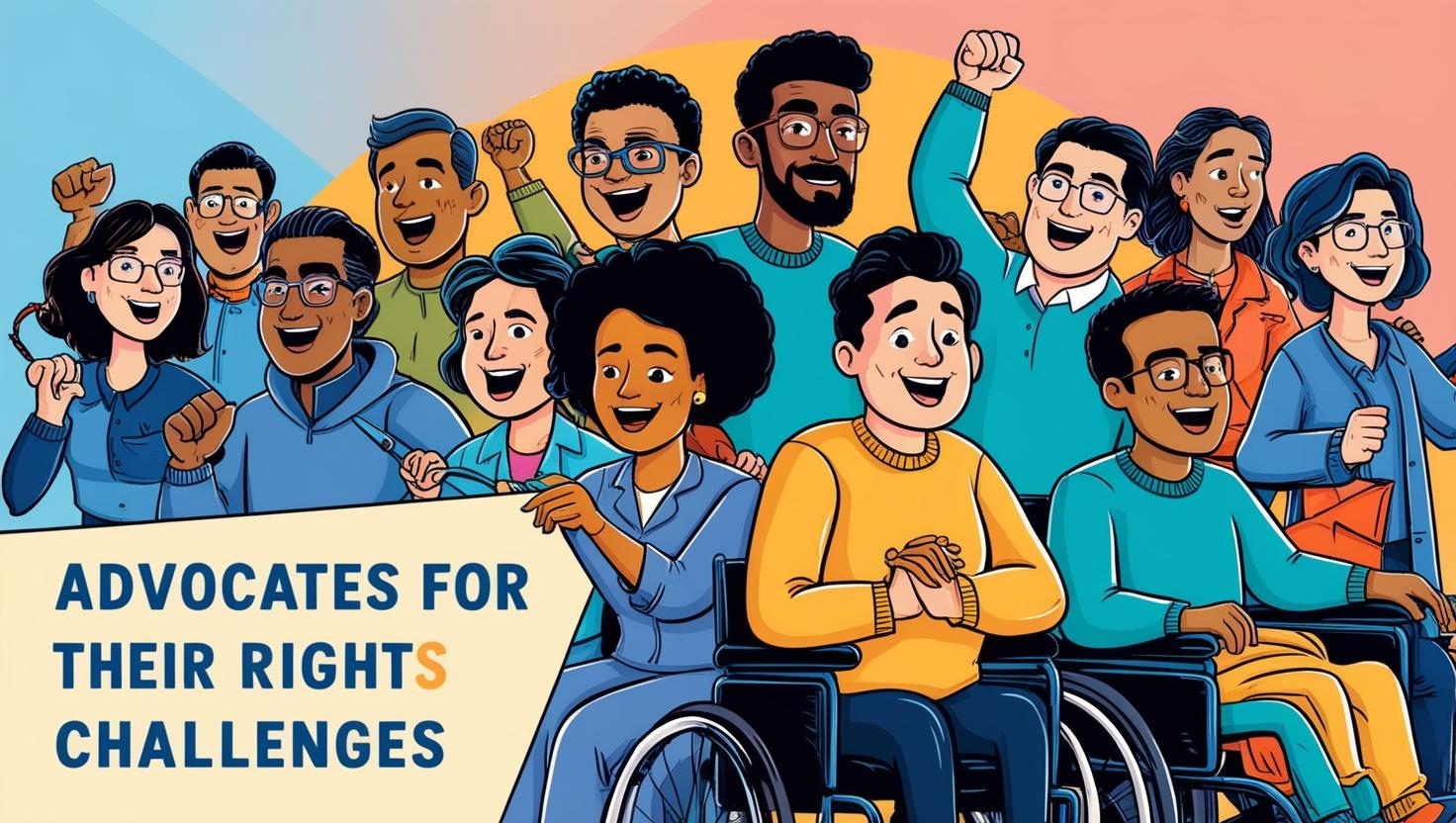

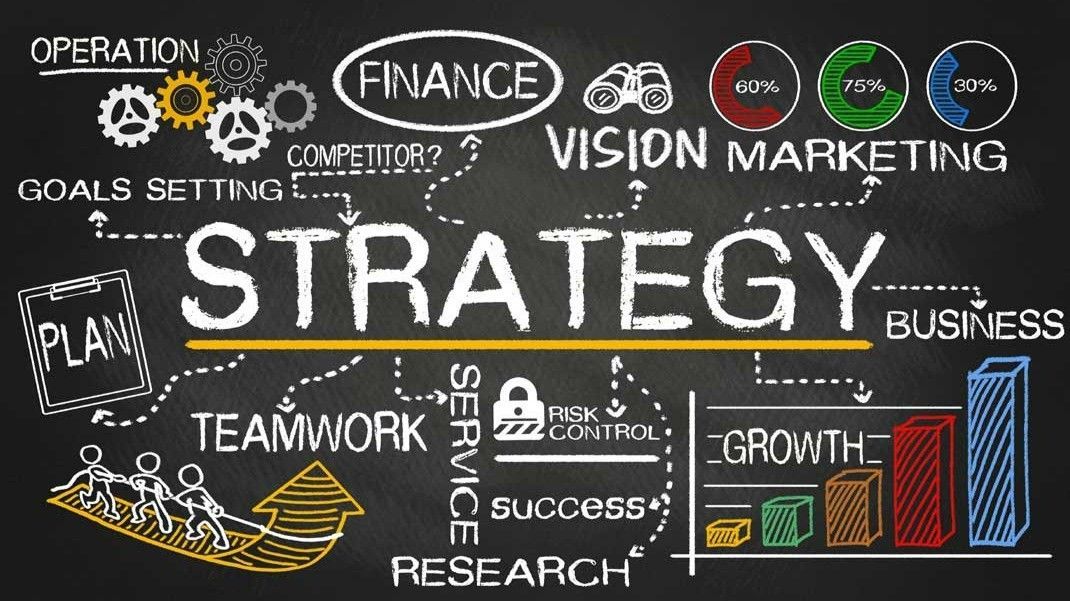
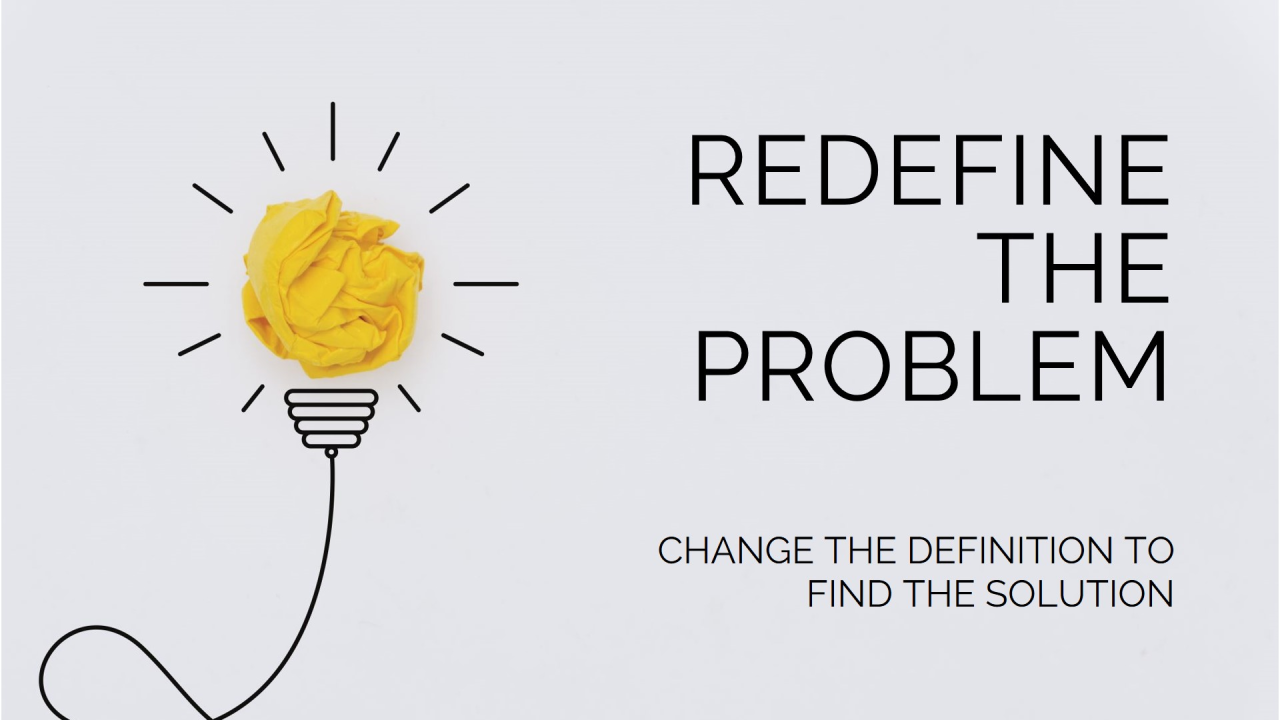




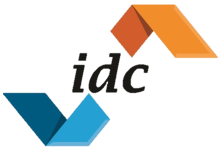
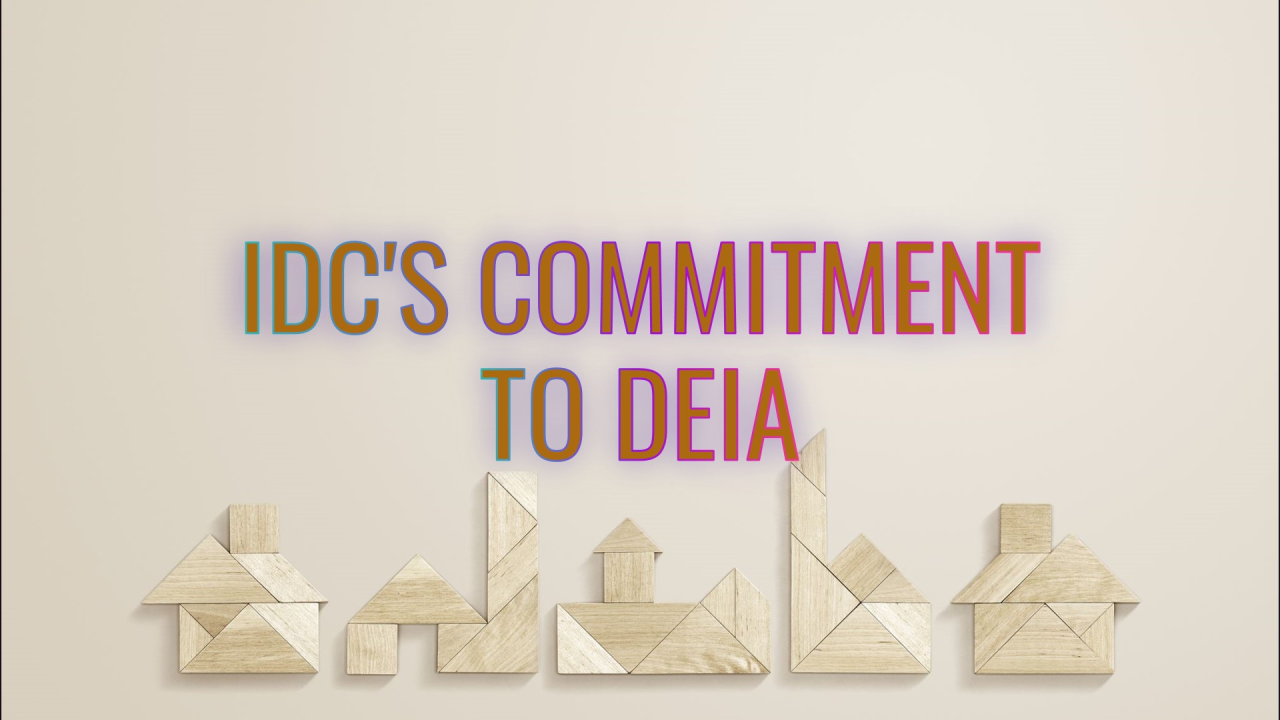
Share On: